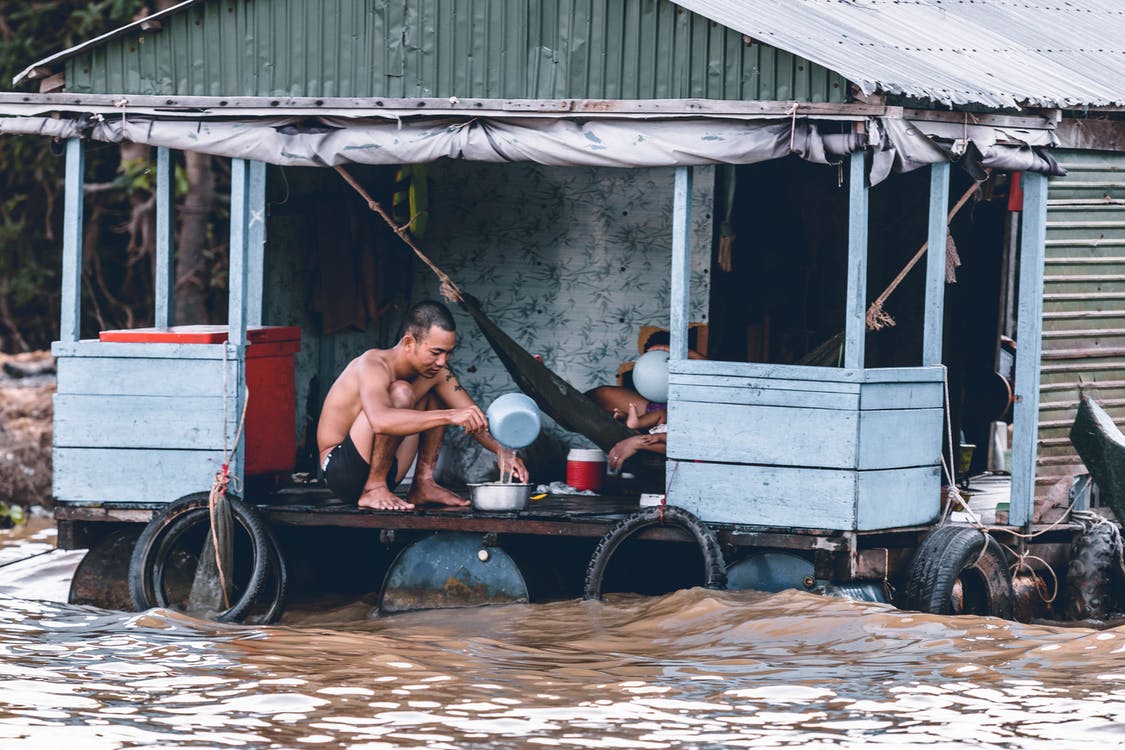How contaminated water can threaten environmental sustainability

Water is abundant and a major source of life on the planet. It sustains all forms of life in the world. It is an essential part of our bodies, too. All living beings need water to survive, and we cannot imagine living without it for even one day. But when the same water gets contaminated with harmful substances, it can become the source of chronic diseases or even death.
Water pollution can be caused by many factors like industrial waste, agricultural runoff, and so on, but one thing we must understand is that this issue needs immediate attention before it becomes worse than ever imagined.
Harmful to the Health
The contaminated water can be harmful to health. Individuals who drink water contaminated with harmful chemicals develop serious and life-threatening conditions later in life. In the past, there have been many instances where people developed severe diseases or died from drinking contaminated water. One such incident was Camp Lejeune Water Contamination, where residents of the camp consumed contaminated water for years. Later on, they filed a Camp Lejeune Water Contamination Lawsuit to receive compensation.
Such incidents are a stark reminder of poor sanitation, lack of hygiene, and cleanliness. People who live in areas with poor sanitation are at higher risk of getting diseases that come from bad-quality water.
Contaminated water is one of the most common causes of waterborne diseases. The contaminants may be dead or alive, such as bacteria and viruses. Diseases caused by contaminated water include cholera, typhoid, dysentery, and diarrhea, which are fatal if left untreated.
A Serious Threat to the Environment and Ecology
Contaminated water is a serious threat to the environment and ecology. It can drastically damage the quality of potable water, affect the ecosystem, cause the death of aquatic animals, and cause eutrophication and human poisoning symptoms.
The environment is a complicated ecosystem comprising several types of organisms and physical components that interact with each other in an interdisciplinary manner. Living organisms are required for this system to continue to operate in a balanced and healthy manner. The interaction between living beings results in reciprocal relationships between them; when one is stressed or injured, then it will affect others around it as well. For example, if we drink contaminated water, then we may suffer from severe diarrhea, which will result in dehydration problems, so we might need medical attention immediately.
It Causes the Death of Aquatic Animals, Leads to Eutrophication, and Destroys the Ecosystem
Contaminated water can lead to the death of aquatic animals, eutrophication, and the destruction of the ecosystem. Contaminated water can affect aquatic life in many ways, including:
- Death. Contaminated water may lead to the death of fish and, eventually people who try eating them.
- Eutrophication. When there is a lack of oxygen in a body of water and nutrients such as nitrogen and phosphorus accumulate over time, an aquatic ecosystem known as eutrophication occurs. This leads to an imbalance between plants and animals that live in the lake or river (the “biological community”). There will be too many plants growing on top of each other without enough space for other plants or animals, which results in imbalance across entire ecosystems; for example, bacteria may grow inside fish gills causing them to die from lack of oxygen.
- Destruction/pollution of habitats with chemicals like fertilizers utilized by farmers during irrigation periods, which leads to increased temperatures due to evaporation from land surfaces during dry seasons.
This Issue Needs to Be Addressed as Soon as Possible
Contaminated water is one of the biggest issues we face today, and it needs to be addressed as soon as possible.
- According to the WHO, approximately 2 billion people consume water contaminated with feces. As a result of this, many human beings have to face serious health effects. Contaminated water has been linked to many diseases like cholera, typhoid fever, diarrhea, and more.
- Another study conducted by the University of Maryland School of Medicine showed that contaminated drinking water could lead to cancer due to exposure to harmful chemicals. This means that even if you have access to clean drinking water, it doesn’t necessarily mean that you will be safe from such threats because there are many other ways through which your body can get exposed to these contaminants unintentionally (i.e., through food).
Conclusion
Contamination of water resources is a serious threat to the world’s sustainability. If we don’t take action, we could see many more cases like Camp Lejeune, Flint, Michigan, Walkerton, and Ontario, where drinking water was contaminated with toxic chemicals.
The sources and solutions of contaminated water are many, but it requires proactive efforts from everyone, including shareholders, government, private bodies, and human beings. We believe that if we can educate people about their local water source and encourage them to get involved in protecting it, things will get better for everyone.





